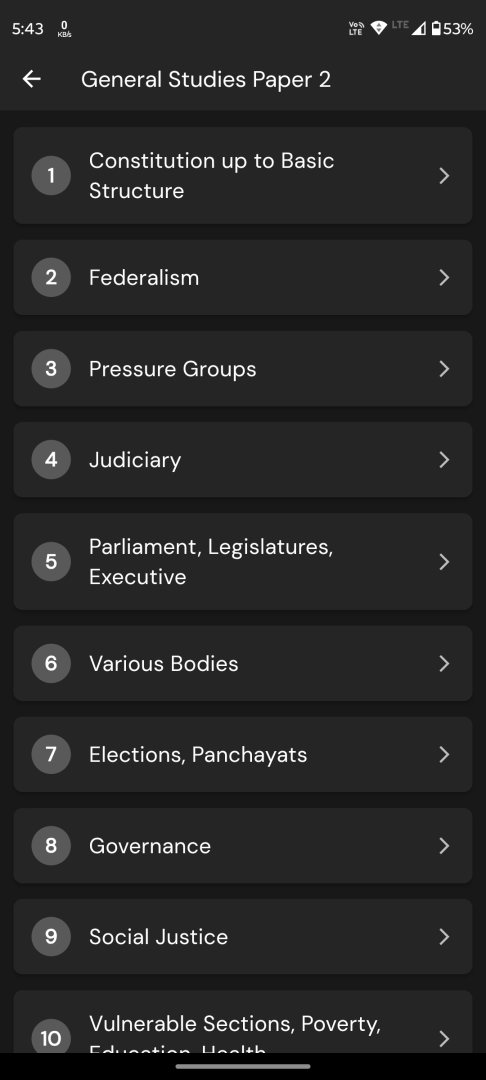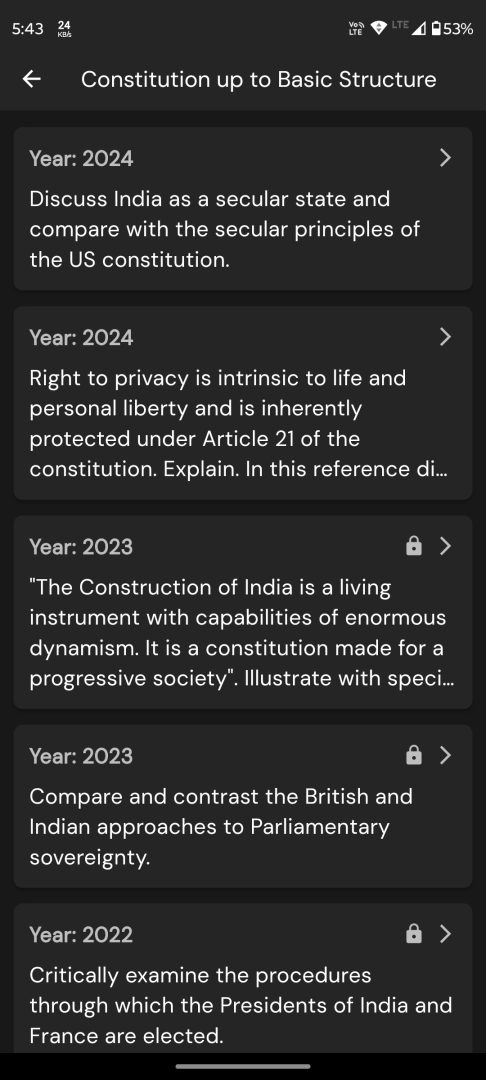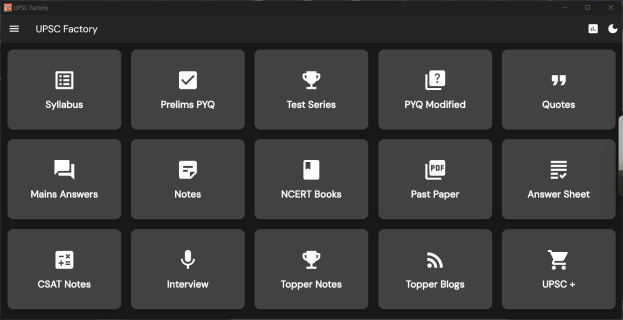Q. Mineral resources are fundamental to the country’s economy and these are exploited by mining. Why is mining considered an environmental hazard? Explain the remedial measures required to reduce the environmental hazard due to mining.
UPSC Mains 2025 GS3 Paper
Model Answer:
Mining and Environmental Hazards: Challenges and Solutions
Mining contributes significantly to India’s economy, producing 95 minerals and supporting industrial growth. However, its extractive nature poses severe environmental challenges that demand urgent attention and comprehensive remedial measures.
Why Mining is an Environmental Hazard
Mining operations fundamentally disrupt ecological balance through multiple pathways:
Land and Forest Degradation: Open-cast mining necessitates clearing vast forest areas, with coal mining alone diverting over 1.3 lakh hectares of forest land since 1980. This causes irreversible damage through topsoil removal, habitat destruction, and potential desertification (Jharia coalfields degradation).
Water Contamination: Mining activities generate Acid Mine Drainage (AMD), contaminating water bodies with heavy metals like arsenic, lead, and mercury. Untreated wastewater discharge further pollutes rivers and groundwater, rendering them unfit for consumption (Jaduguda uranium mining).
Air Quality Deterioration: Mineral extraction releases suspended particulate matter, sulfur dioxide, and methane, causing respiratory ailments in nearby communities and contributing to climate change (Rajasthan stone quarrying).
Biodiversity Loss: Endemic species face extinction due to habitat destruction and ecosystem disruption (Western Ghats mining impact).
Remedial Measures Required
Regulatory Framework:
• Strict enforcement of environmental laws including Environment Protection Act, 1986, and Forest Conservation Act, 1980, with transparent implementation mechanisms
• Mandatory comprehensive Environmental Impact Assessment (EIA) for all projects before approval
• Compulsory mine closure plans with detailed reclamation strategies following “polluter pays” principle
• Implementation of National Mineral Policy 2019 and District Mineral Foundations for community benefit
Technological Solutions:
• Adoption of eco-friendly technologies like controlled blasting, in-situ leaching, and bio-mining to minimize surface impact
• Water recycling systems and effluent treatment plants for contaminated water management
• Phytoremediation using specific plants to absorb heavy metals from soil
• Scientific waste disposal and conversion of mine tailings into useful materials
Community Participation:
• Stakeholder consultation from planning to implementation stages
• Alternative livelihood programs and skill development for displaced populations
• Healthcare facilities and occupational safety standards for workers
Conclusion: Sustainable mining through technology, regulation, and community participation can balance economic development with environmental protection.




